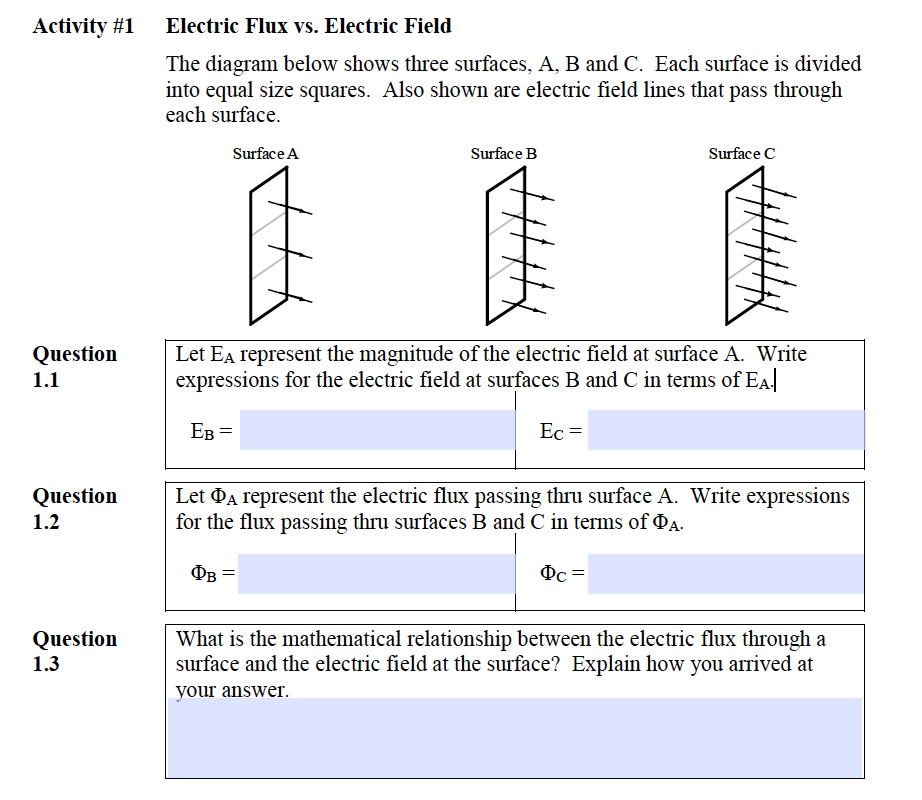

The field of two unlike charges is weak at large distances, because the fields of the individual charges are in opposite directions and so their strengths subtract. In that region, the fields from each charge are in the same direction, and so their strengths add. The field is stronger between the charges. (This is because the fields from each charge exert opposing forces on any charge placed between them.) (See Figure 18.25 and Figure 18.26(a).) Furthermore, at a great distance from two like charges, the field becomes identical to the field from a single, larger charge.įigure 18.26(b) shows the electric field of two unlike charges. While the electric fields from multiple charges are more complex than those of single charges, some simple features are easily noticed.įor example, the field is weaker between like charges, as shown by the lines being farther apart in that region. This impossibly lengthy task (there are an infinite number of points in space) can be avoided by calculating the total field at representative points and using some of the unifying features noted next.įigure 18.25 shows how the electric field from two point charges can be drawn by finding the total field at representative points and drawing electric field lines consistent with those points. To find the total electric field due to these two charges over an entire region, the same technique must be repeated for each point in the region. The total electric field found in this example is the total electric field at only one point in space. In cases where the electric field vectors to be added are not perpendicular, vector components or graphical techniques can be used. This pictorial representation, in which field lines represent the direction and their closeness (that is, their areal density or the number of lines crossing a unit area) represents strength, is used for all fields: electrostatic, gravitational, magnetic, and others. Finally, as it seen from the picture, inside the conductor sphere electric field is zero.Figure 18.22 Two equivalent representations of the electric field due to a positive charge Q Q size 12. As distance increases from the surface, electric field decreases. There is a maximum electric field at surface of the sphere. If q is negative then F=-E.q and directions of Force and Electric Field areoppositeĮxample: If the charge q having mass m is in equilibrium between the two plated having distance d, find the potential difference of power supply. If q is positive then F=+E.q and directions of Force and Electric Field are same Pictures given below show the path of lines of two same charges and two opposite charges.Įxample: Find the electric field created by the charges A and B at point C in terms of k.q/d 2?Įxample: If the electric field at point A is zero, find the charge at point D in terms of q.įorce Acting on a Charged Particle inside Electric Fieldį=E.q where F is the force acting on the charge inside the electric field E. We can find the E in these plates by connecting a power supply having potential difference V using following formula.E is constant within this plates and zero outside the plates. If the electric field lines are parallel to each other, we call this regular electric field and it can be possible between two oppositely charged plates.Pictures given below show the drawings of field line of the positive charge and negative charge. Intensity of the lines shows the intensity of the electric field.


Motion path of the “ +” charge in an electric field is called electric field line. If you want to find the total electric field of the charges more than one, you should find them one by one and add them using vector quantities.To find the electric field vector of a charge at one point, we assume that as if there is a +1 unit of charge there.Electric field cannot be seen, but you can observe the effects of it on charged particles inside electric field.And it decreases with the increasing distance.k=9.10 9Nm 2/C 2 Electric field is represented with E and Newton per coulomb is the unit of it.Įlectric field is a vector quantity. It can be also stated as electrical force per charge. We can call the influence of this force on surroundings as electric field. A charged particle exerts a force on particles around it.


 0 kommentar(er)
0 kommentar(er)
